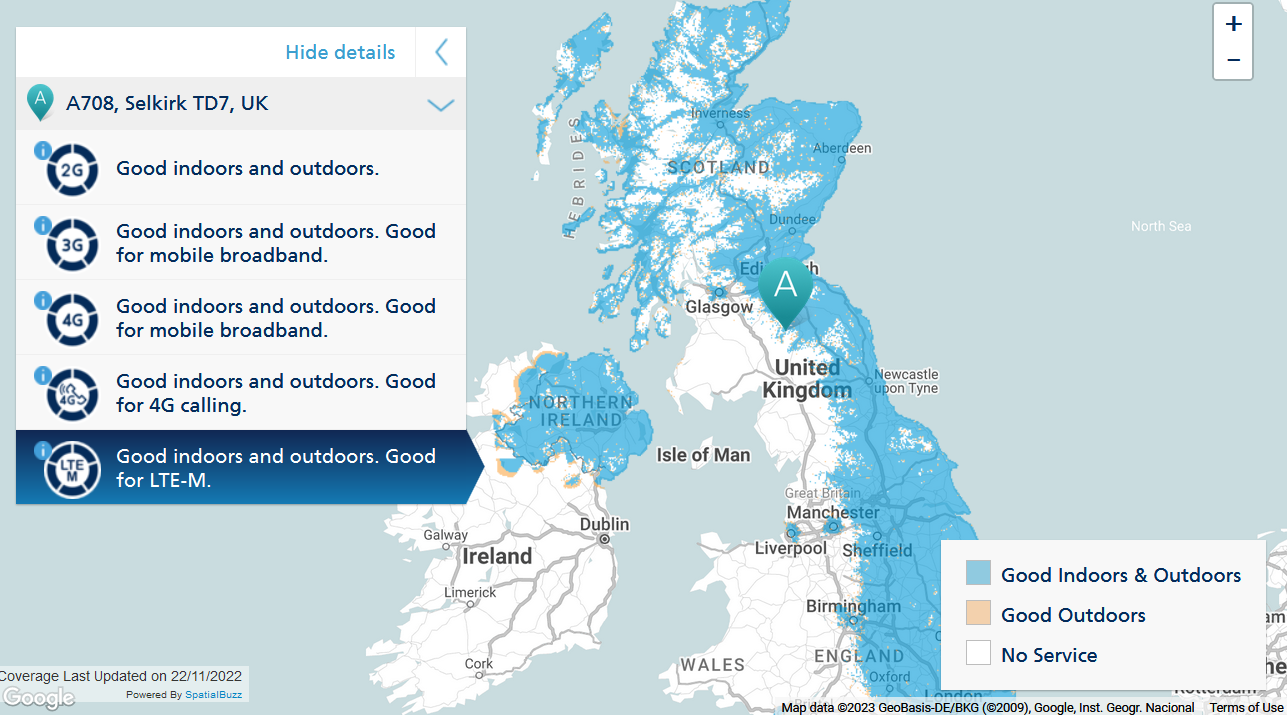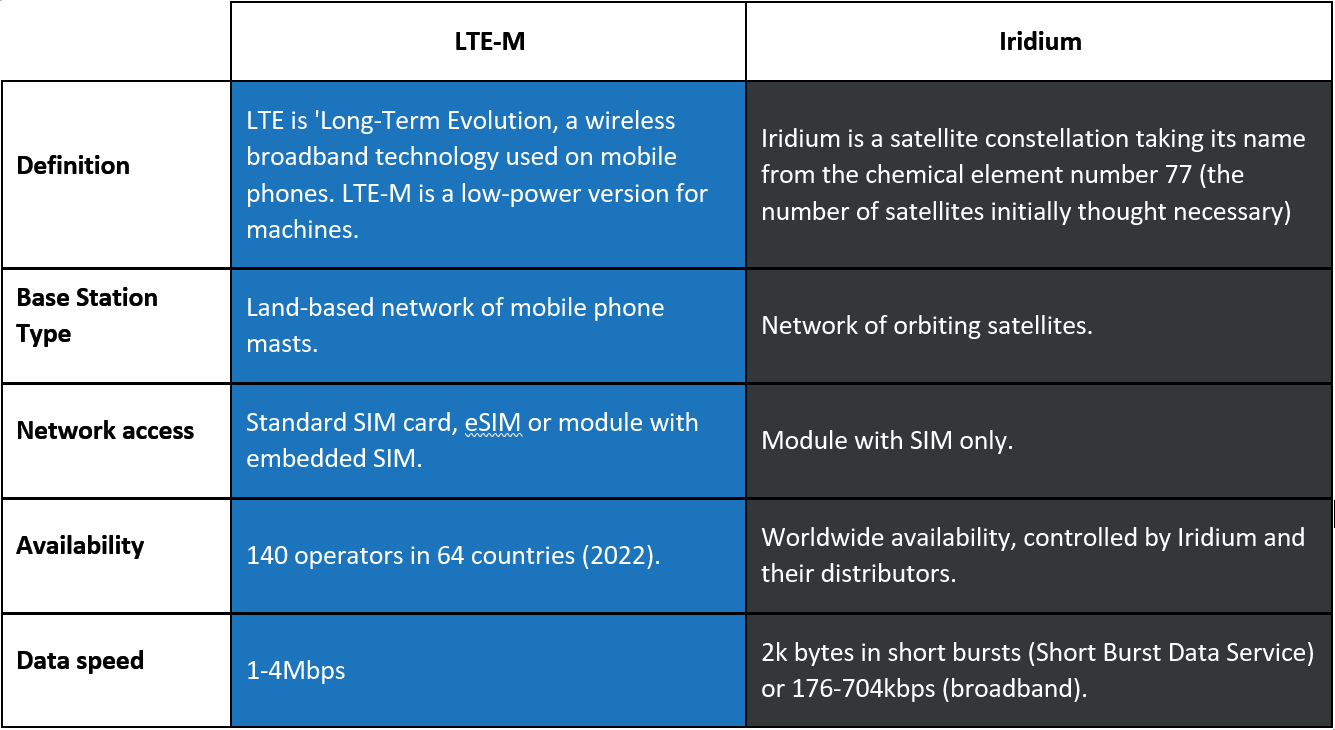Photo Credits: Dr. Catry from University of Porto releasing a Kestrel with a Nomad device, joint project with University of East Anglia (utilising e-Peas AEM10941 – Solar Energy Harvester on a Miromicro tracker).
The choice of RF communication very much depends on where the animal is located. If normally (or even occasionally) located close to areas inhabited by humans, mobile phone networks are generally the most sensible choice. The development and widespread roll-out of GSM (2G) networks has allowed digital data to be transmitted for some time, and this has since evolved into 3G, 4G and 5G. At the time of writing in late 2022, many 3G networks around the world have been decommissioned with the USA having already removed all such networks. In the UK this process is scheduled to begin in early 2023 when Vodafone begins its switch-off, followed by EE and Three in 2024. It is perhaps ironic that the older 2G technologies will outlast 3G by up to a decade in the UK, but 2G has become the standard fall-back for other networks and is still a vital part of the mobile network generally.
Systems using phone networks for data communications are now moving to newer technologies and animal tracking is no different. After 3G came LTE and 4G, and recent developments in LTE are well-targeted to applications that do not require large throughput, and this includes tracking. LTE-M and NB-IoT are both intended for low-power operation (good for battery-powered or indeed ‘batteryless' devices) and both use the 4G network. The choice is user-dependent, but in areas where animals can drift in and out of network coverage, LTE-M is often a better choice as it allows faster data upload while network access is available. Where phone networks are available, this is the way to go – with standardised electronics and antennas that are used across a range of industries, transmitting data over these networks ensures that a niche application such as this can keep pace with developments in technology and take advantage of the updates that will inevitably come.

Depending on the animal or asset being tracked, phone networks might not be available and in this case, satellite networks are a better option. The Iridium cluster of satellites is one such option, and in recent years their modems have shrunk considerably and are now small enough to be integrated into a tag. Iridium satellites orbit at about 780km above Earth, so clearly data transmissions to these satellites require more power than transmissions to a phone mast which may be 20km away. Data sent by the Iridium network is acknowledged with error correction, but this acknowledgement signal can take 30 seconds to arrive. For most applications this is probably acceptable, but in some situations causes difficulty.
Below is an image representing the coverage of Earth by the Iridium satellites, which are arranged in 6 orbits of 11 satellites each. Animation shows approximately 10 minutes.
Attribution: GrandDixence@Wikipedia, Public domain, via Wikimedia Commons
The above section covers how data can be sent from a tracker and received by the user, but what is the content of this data? It’s the usual infuriating answer – it depends. Typically useful info might include how the animal or asset moves, which can be from a GPS receiver and/or IMU using accelerometers and gyroscopes. This can include the speed and track, but might also look at how the animal moves in 3 dimensions during particular activities such as hunting prey. GPS data is particularly difficult for sea mammals when they are only above water for a few seconds, meaning non-standard approaches are required. For animals that fly in the air or dive in the sea, height/depth measurement can be useful, with this information provided by a pressure sensor. Environmental conditions such as temperature, light level, water salinity and video are among the many other things that a tag user may wish to capture.

Any other issues? One big one – the battery and low power operation. Design of electronics used in these devices always has to take power consumption into account. When making any measurement, there is always a trade-off between the quality of the measurement and the energy required to make it. Low power microcontrollers are essential, which often adds complexity in the power architecture which highlights another trade-off, this time between cost and performance.
Animal tracking is genuinely interesting engineering work, with many different technologies coming together in a single small package (System in Package). Some of the data captured can be spectacular with its applications in research and conservation with other data leading to much loved pets reunited with their owners.
Energy Harvesting has a vast potential to increase the possibilities of such trackers, and this is why the team at i4pd is investing in such technology combined with the latest tracking solutions.
Get in touch for a free consultation on what communications platform and energy harvesting solution may be suited to your application.
Copyright © 2023 i4 Product Design Ltd. All rights reserved. | Privacy Policy